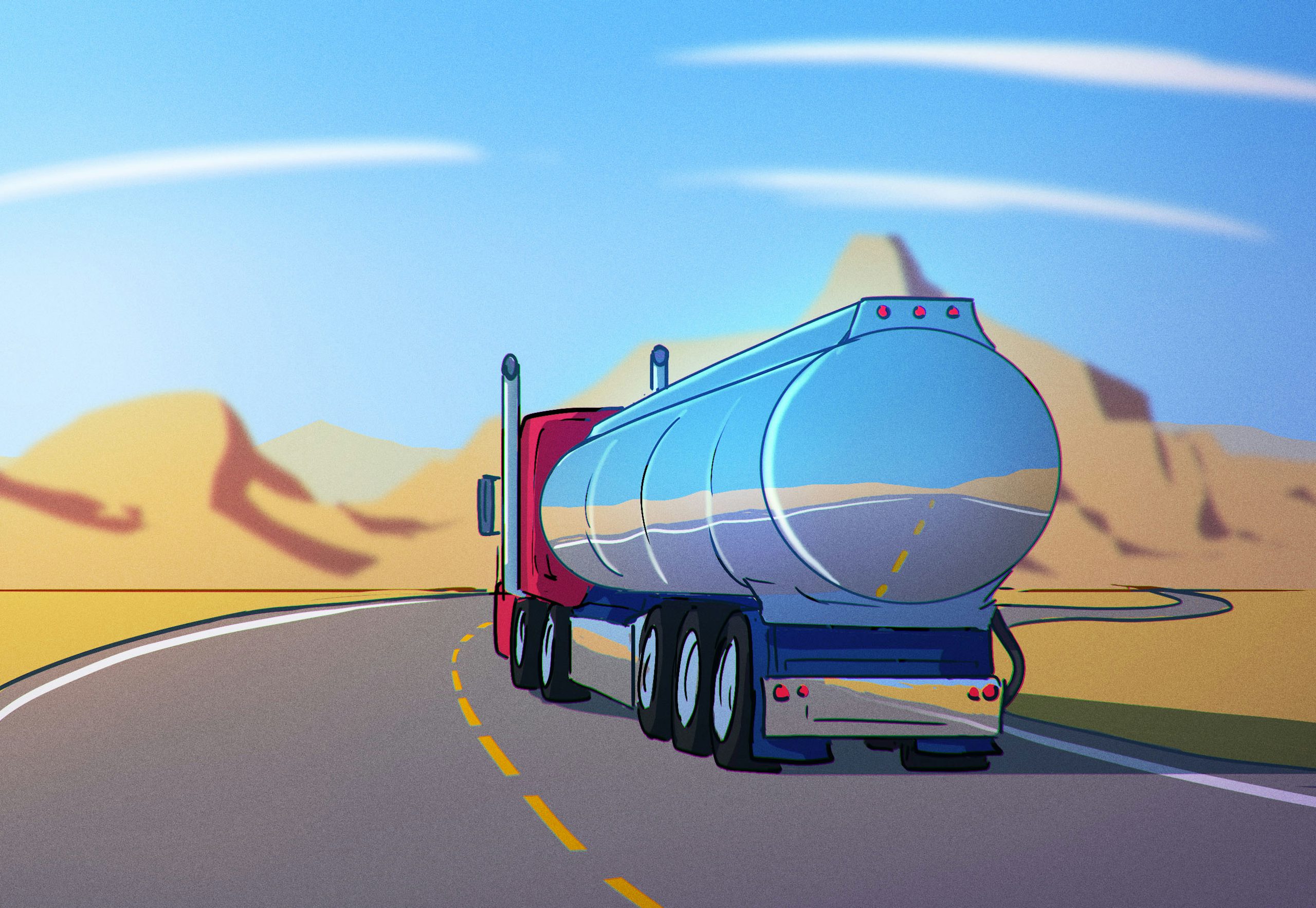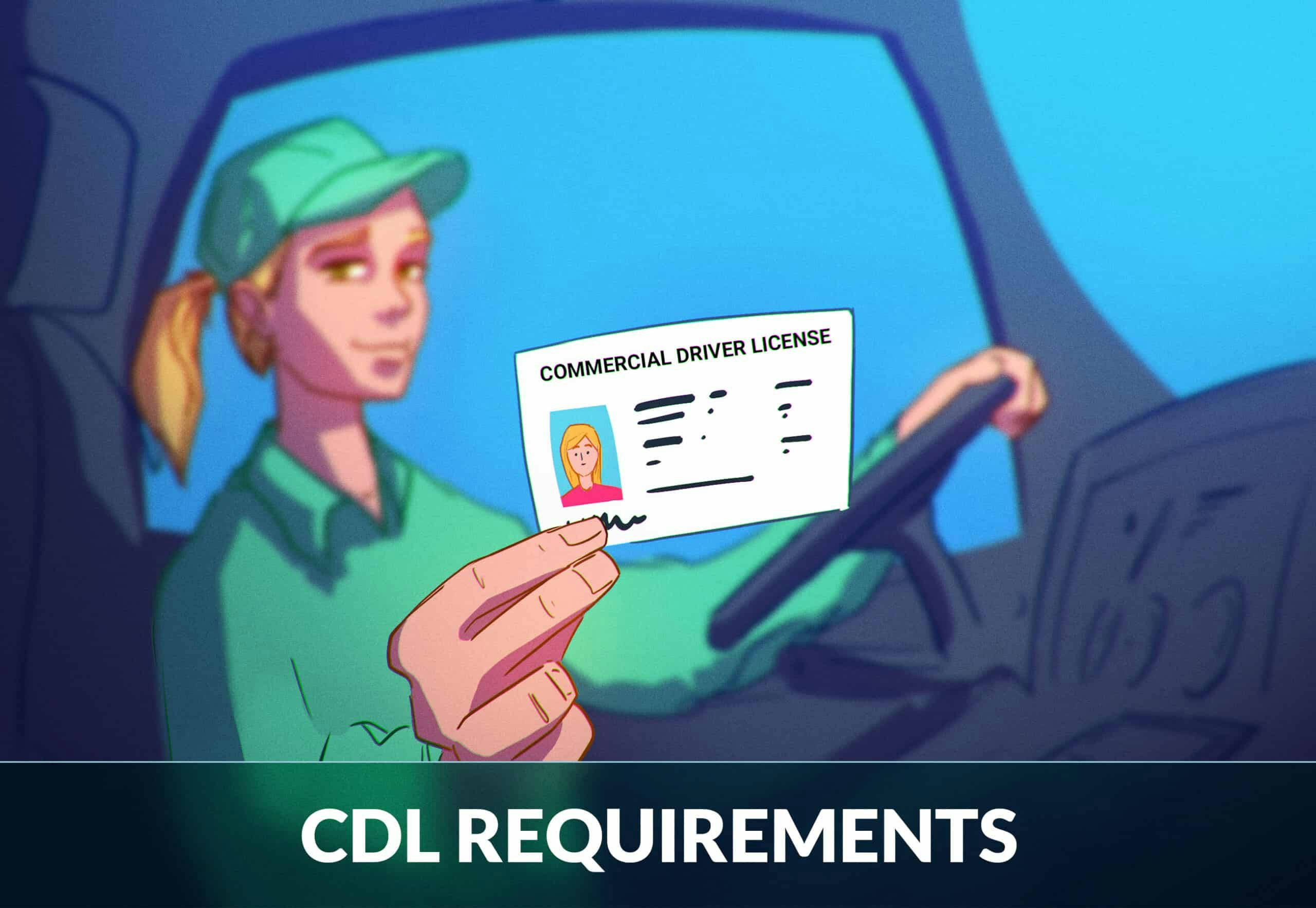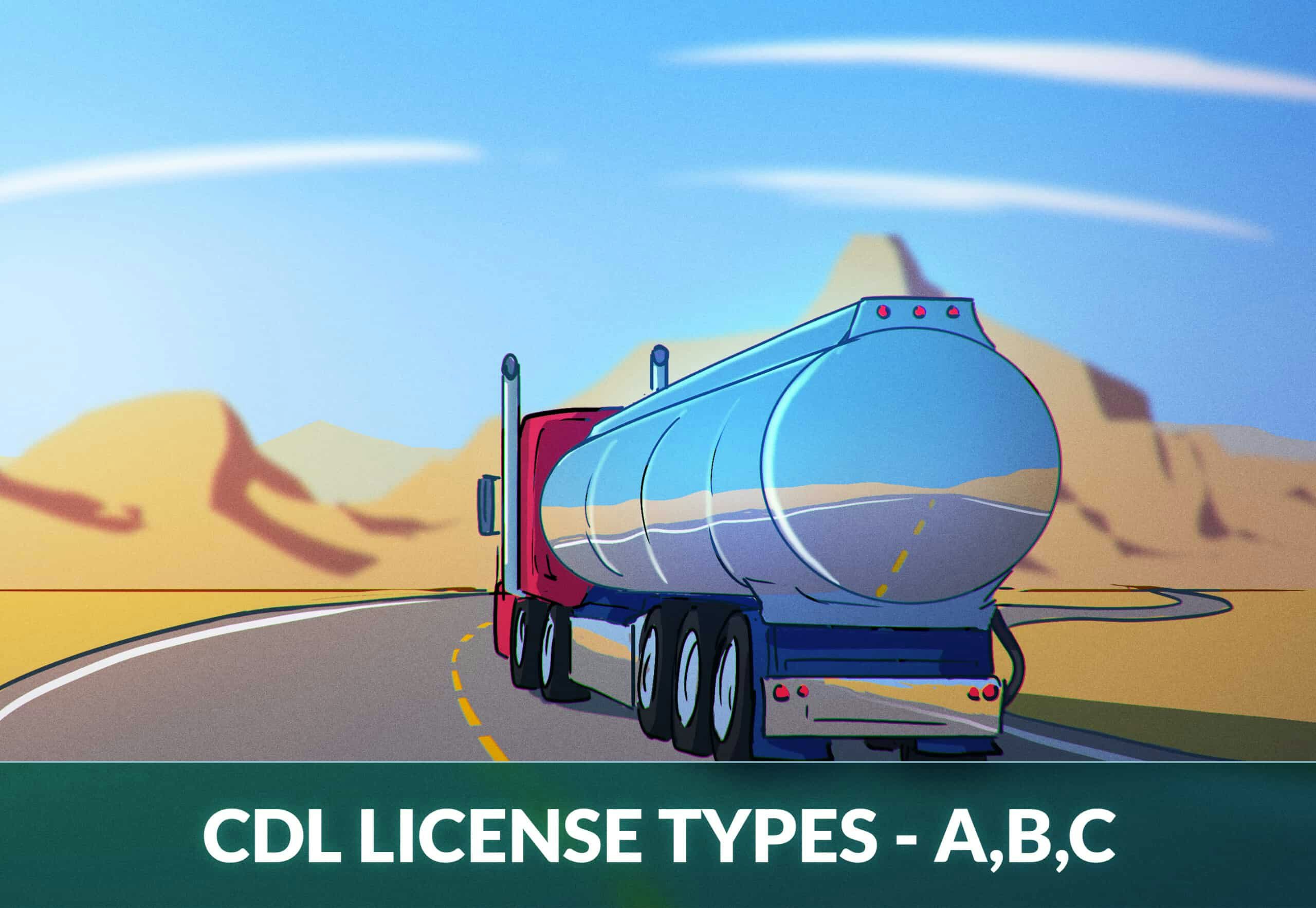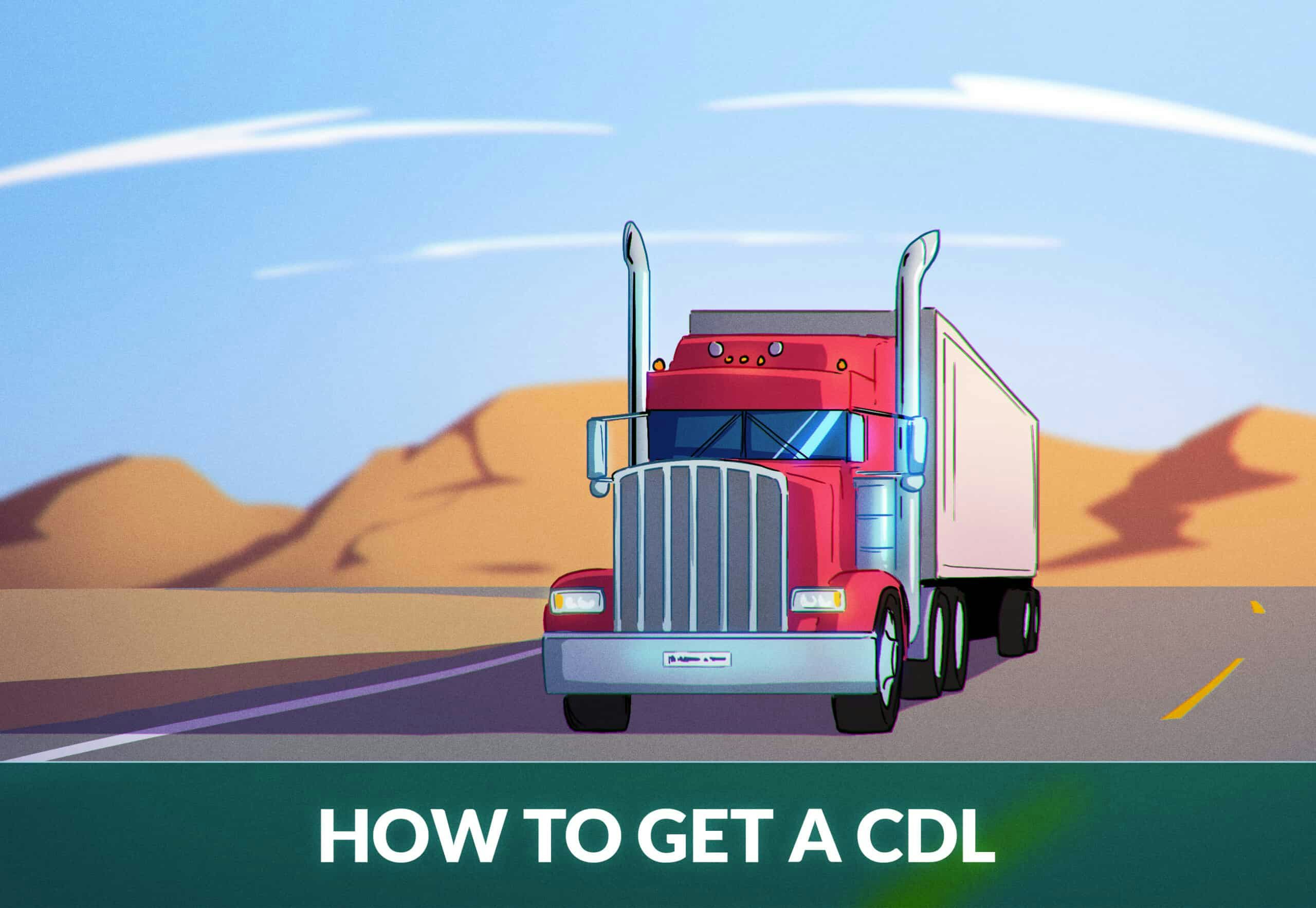
How to Get a CDL in Texas: A Complete Guide
The process of getting a Texas CDL involves a number of steps, including obtaining a commercial learner’s permit (CLP), passing knowledge and skills tests, and meeting medical and other requirements.
Step 1: Determine if you meet the requirements for getting a Texas CDL
In order to obtain a CDL in Texas, you must meet the following requirements:
- Be at least 18 years old to drive within the state
- Be at least 21 to drive between states
- Have a valid Texas driver’s license
- Meet medical requirements (more on this later)
Step 2: Choose the CDL class and endorsements you need
The class of CDL you need depends on the type of vehicle you will be driving.
- Class A CDL: This license allows you to operate any combination of vehicles with a gross combination weight rating (GCWR) of 26,001 pounds or more, provided the vehicle(s) being towed have a GVWR of more than 10,000 pounds.
- Class B CDL: This license allows you to operate any single vehicle with a GVWR of 26,001 pounds or more, or any such vehicle towing a vehicle not weighing more than 10,000 pounds.
- Class C CDL: This license allows you to operate any single vehicle with a GVWR of less than 26,001 pounds, or any such vehicle towing a vehicle not weighing more than 10,000 pounds, provided the combination of vehicles is not classified as a Class A or Class B vehicle.
You may also need to obtain endorsements on your CDL, depending on the type of cargo you will be transporting or the type of vehicle you will be operating. Here are some examples:
- Tanker (N): Allows you to transport liquids or gases in a tank vehicle
- Double/Triple Trailer (T): Allows you to operate a vehicle with two or three trailers
- Passenger (P): Allows you to transport passengers
- Hazardous Materials (H): Allows you to transport hazardous materials
- School Bus (S) – Allows you to operate a school bus
- Combination (X) – Allows you to operate combination of hazardous material and tank vehicle
Note: Since February 7, 2022, the Federal Motor Carrier Safety Administration (FMCSA) requires that drivers meet the new Entry-Level Driver Training (ELDT) regulations.
- If you wish to take the written test in order to obtain a Class A or Class B CDL, upgrade an existing CDL, or receive an initial school bus, passenger or hazardous material endorsement, you must receive theory training from an approved theory training provider listed in the FMCSA Training Provider Registry (TPR).
- To take the road skills test, you must receive behind-the-wheel (BTW) training from an approved BTW training provider listed in the TPR.
Once new drivers complete their ELDT training, their training provider will submit a Training Completion Certificate to the TPR. The driver will then be added to the TPR registry, which stores information about all CDL applicants who have completed the new training and certification process. After being added to the registry, these applicants will be allowed to take their CDL skills or knowledge exams, depending on the courses they’ve taken.
Zutobi is an FMCSA approved online theory training provider registered in the Training Provider Registry.
Step 3: Obtain a commercial learner’s permit (CLP)
Before you can take the Texas CDL skills test, you must first obtain a CLP. To do this, you must:
- Go to a Texas Department of Public Safety (DPS) office
- Present a valid Texas driver’s license and any other required documents (see below)
- Pass a vision test
- Pass the general knowledge test for the class of CDL you are seeking
You will need to provide the following documents when applying for a CLP:
- Proof of identity (e.g. birth certificate, passport)
- Social Security card
- Proof of Texas residency (e.g. utility bill, bank statement)
- Medical Examiner’s Certificate (more on this later)
Step 4: Practice driving
Once you have obtained your CLP, you must practice driving a commercial vehicle for at least 14 days before you can take the skills test. You must also be accompanied by a licensed driver who is at least 21 years old and has the appropriate class of CDL for the vehicle you are driving.
Step 5: Take the CDL skills test
Once you have completed the required practice driving period and feel confident in your skills, you can schedule a CDL skills test with the DPS. The skills test consists of a pre-trip inspection test, a basic controls test, and a road test. You must pass all three tests in order to get your CDL.
Step 6: Get your Texas CDL
Once you have passed the CDL skills test and met all medical and other requirements, you can apply at a DPS office. You will need to provide the following documents:
- CLP
- Medical Examiner’s Certificate
- Any required endorsements (if applicable)
- Payment for any fees
Once you have completed these steps and provided all required documentation, the DPS will issue you a CDL.
Medical requirements
To get a CDL in Texas, you must meet certain medical requirements. This includes having a valid Medical Examiner’s Certificate (also known as a “DOT card“), which is issued by a certified medical examiner.
To obtain a Medical Examiner’s Certificate, you must:
- Find a certified medical examiner (a list of certified medical examiners in Texas can be found at the FMCSA website)
- Schedule an appointment with the medical examiner
- Bring any required documents, such as your driver’s license and Social Security card
- Pass a physical examination
- Pay any required fees
You must also meet the federal physical qualification standards for drivers.

550+ exam-like questions
All you need to ace your test
Perfect for first-timers, renewals and senior citizens
Recommended articles
Country
Ace your DMV test, guaranteed


